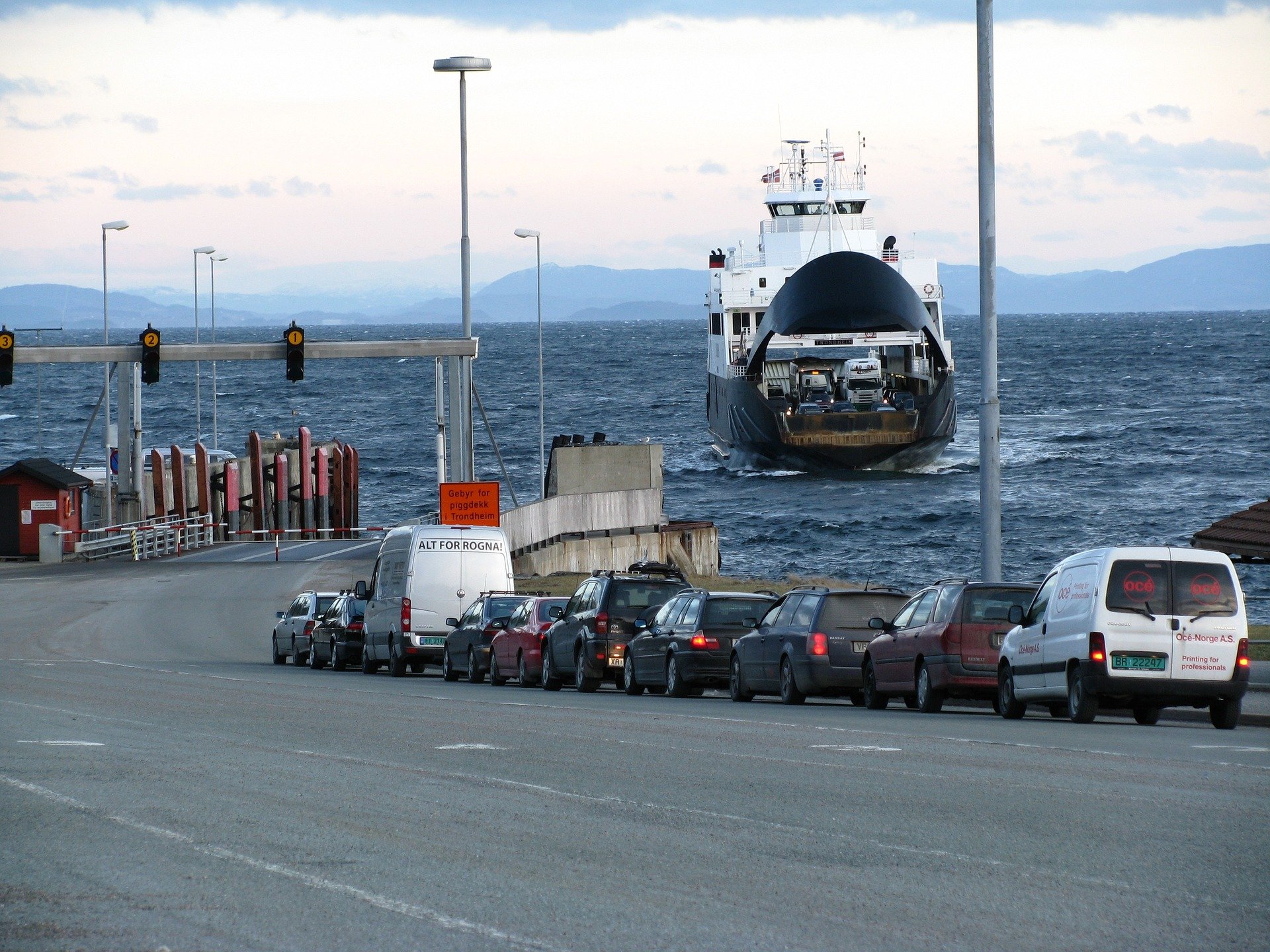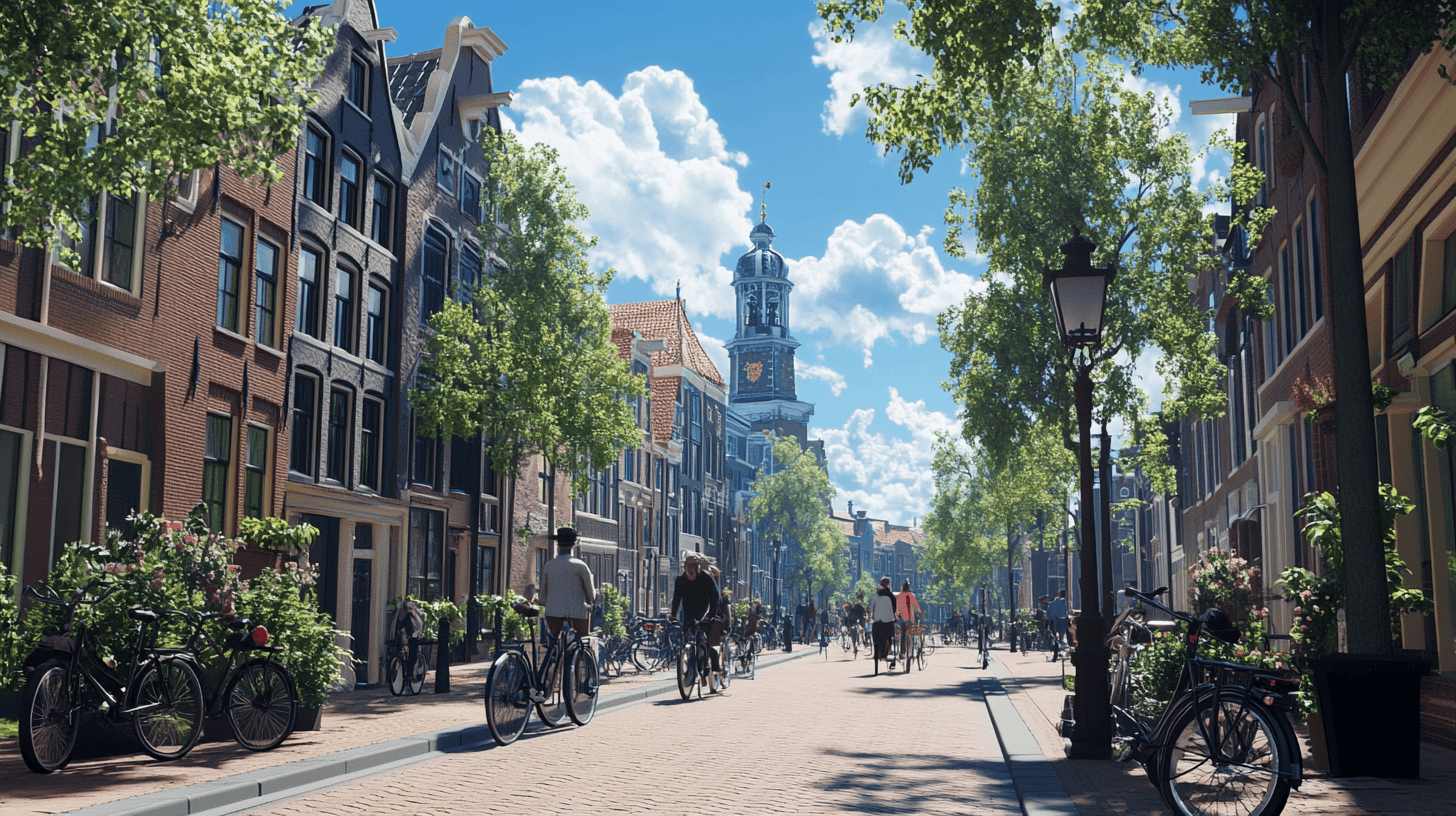
Diesel engines are considered to be one of the largest contributors to air pollution and climate change. And diesel cars play only a relatively small role. Trucks, locomotives, heavy machinery and ships are much more important. Around 85 percent of all sea freight worldwide is transported from A to B with the help of diesel engines. Ferries that take people and their cars from A to B are also traditionally powered by diesel engines. But this could change in the foreseeable future – at least in Europe – as scientists have developed an environmentally friendly, electrically powered ferry as part of the EU-funded e-ferry project.
The Danish island of Aeroe serves as an example of one possible use for such a ferry with a project named Ellen. Since there is no bridge between the island and the mainland, a ferry is the only way for the island’s approximately 6,000 inhabitants to get to the mainland. “Ellen is powered entirely by electricity from renewable energy sources and has no backup generator on board. This means Ellen achieves truly zero-emission ferry operation,” says Halfdan Abrahamsen, media and information manager at Ærø EnergyLab, the project’s lead partner. “In other words: By replacing an old diesel ferry with an all-electric ferry that runs on renewable energy, we’ve shown how we can drastically reduce the island’s carbon footprint.”
Elaborate design
Designing this revolutionary ferry was no easy task, Abrahamsen explains. Every component, from the hull to the batteries to the charger itself, was designed with extreme efficiency in mind, he says. The hull had to be designed to have minimal drag and glide through the water with minimal energy input. There was also the need to make room for the 840 batteries, for which the researchers developed an extremely compact, state-of-the-art electrical system and customized software that allows all the batteries to be charged quickly.
One of the most important aspects, according to Abrahamsen, was the charger. “If the charger is not connected very quickly and solidly when the vessel arrives in port, the operator cannot get enough power to keep it running,” he explains. “Any disconnection or poor charging will result in delayed or cancelled service.” To avoid such difficulties, the charger at Ellen is located at the top of the ship’s ramp. A robotic arm automatically connects the four charging lines. “When the ferry arrives in port, the ramp is lowered onto the car deck so the charger follows the ferry as it moves in the water,” Abrahamsen says.
Expectations exceeded
To replace Aeroe’s diesel ferry, Ellen would need to be able to make five round trips each day. “I am pleased to say that Ellen has not only been able to meet this standard, but has exceeded all expectations,” Abrahamsen is proud to say. He says the project showed that Ellen is capable of making even up to seven round trips a day. It is also ten minutes faster than the diesel ferry. In addition, Ellen outperforms all e-ferries because she runs seven times longer between charges.
“We travel 22 nautical miles between charges, which is about 40 kilometers,” Abrahamsen says. “That range is more than enough for Aeroe’s needs and enough to serve between 65 and 80 percent of all Nordic ferry routes and at least 900 European routes.” In terms of environmental friendliness, Ellen can’t be beat, the scientists say. They estimate that the ferry saves 2,520 tons of CO2 annually and removes more than half a ton of harmful particles from the air. “The energy efficiency of the e-ferry is 85 percent, more than double that of a conventional diesel engine,” Abrahamsen says. “In other words: When we use energy, almost all of it is used to actually move the ferry forward, and very little is wasted.”
Financial savings
Another plus Abrahamsen points out is that the new ferry also saves cash. “While the initial investment is a bit higher, operators see the savings after four to eight years. It’s remarkably cheaper to charge batteries than to fill a tank with diesel.” Last but not least, customers and crews also enjoy the quiet, smooth and smog-free ride with Ellen. “Ellen is proof that we can move away from our dependence on fossil fuels,” Abrahamsen concludes. “By demonstrating how e-ferries can serve a variety of routes, we hope to create an upswing in the use of zero-emission maritime solutions.”
Also of interest:
CO2 converted into methanol as fuel for ships
Dimethyl ether instead of diesel – how trucks can become cleaner
Electric push boat helps inland shipping towards emission-free future







